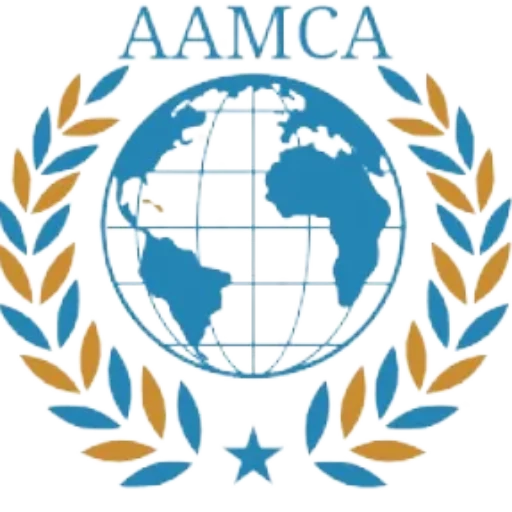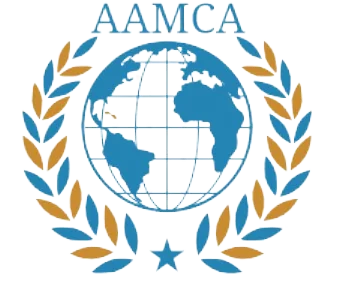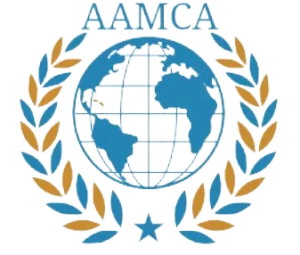The Need for Digital Sovereignty in Germany
Digital sovereignty has emerged as an essential consideration for nations, particularly in the context of Germany, where the reliance on foreign technology has become deeply embedded in various sectors. The current state of digital technology dependency in Germany reveals significant vulnerabilities that could hamper economic growth, innovation, and the country’s overall geopolitical influence. Numerous studies and surveys, such as the recent findings from the Bitkom survey, indicate that a substantial portion of German enterprises rely heavily on imported digital technologies and solutions, contributing to a projected 70% reliance on non-domestic vendors for core IT services and infrastructure.
The implications of this dependency are multifaceted. With a considerable percentage of Germany’s digital tools sourced from foreign entities, local businesses face risks associated with data privacy, security breaches, and the potential for geopolitical tensions. Furthermore, this dependency can lead to increased costs and reduced negotiating power, as domestic firms find themselves beholden to foreign corporate policies and technologies. Compounding the issue is the ultra-competitive nature of the global digital market, where a lack of investment in a robust domestic IT sector could hinder the innovation needed for Germany to maintain its status as a leader in the European economy.
In light of these challenges, the urgency for Germany to enhance its digital sovereignty becomes increasingly apparent. Strengthening the domestic IT market not only serves to fortify Germany’s international standing, but it is also crucial for safeguarding national interests. By prioritizing homegrown technological development and fostering a self-reliant digital ecosystem, Germany can improve its geopolitical agency and resilience against external shocks. This shift towards digital sovereignty is not merely beneficial; it is essential for ensuring long-term economic stability and national security in an era defined by rapid technological advancements.
Introducing the ‘IT from Europe’ Quality Seal
The ‘IT from Europe’ quality seal is a new initiative designed to enhance the visibility and transparency of IT products that are developed and manufactured within Europe. This quality seal draws parallels to the familiar organic food labels, which provide consumers with clear information about the origin and quality of their food choices. Similarly, the ‘IT from Europe’ seal aims to inform stakeholders about the European provenance of IT products, thereby fostering trust and encouraging consumers to support local producers.
At its core, the seal is intended to distinguish high-quality European IT products from those that do not meet the established criteria. By establishing clear guidelines and promoting European standards, the initiative endeavors to strengthen the region’s digital sovereignty. This alignment with organic labeling principles allows a straightforward comparison for consumers, guiding their purchasing decisions based on quality and origin.
The operational framework of the ‘IT from Europe’ quality seal introduces a three-tier system categorized as gold, silver, and bronze, which reflects the varying levels of European value addition in the products. The gold tier signifies a high degree of European input, showcasing products that are predominantly designed, developed, and produced within the region. Silver indicates a moderate level of European integration, while bronze denotes that although the product is European, it may include a larger proportion of non-European components or processes.
This systematic approach encourages companies to strive for higher standards and transparency, ultimately benefiting consumers who seek assurance in their IT purchases. By promoting the ‘IT from Europe’ quality seal, the initiative not only aims to boost local economies but also to elevate the standard of products available in the market, thereby contributing positively to the overall digital landscape in Europe.
Creating Awareness and Building a Lobby for European IT Products
The promotion of European IT products relies heavily on effective awareness creation and lobbying strategies. Organizations involved in advocating for these products must work diligently to enhance visibility and recognition within the industry. This can be achieved through various means, such as attending and participating in industry events, conferences, and trade shows, where they can showcase the quality standards associated with the ‘IT from Europe’ quality seal. Such gatherings provide a platform for engaging key stakeholders, including policymakers, industry leaders, and potential customers, fostering a robust dialogue around the importance of supporting homegrown technology.
One of the primary objectives of these initiatives is to underline the competitive advantages that European IT products offer. Importantly, these products are designed with compliance to stringent security and privacy standards, thus ensuring reliability and trustworthiness. Lobbying efforts should emphasize the durability of European IT solutions and their capacity to meet the evolving expectations of businesses and consumers alike. By consistently advocating for a stronger commitment to local innovation, advocates can help reshape the narrative surrounding European technology.
Moreover, consistent and reliable political support for the IT sector is paramount for building a robust ecosystem. Policymakers play a crucial role in enabling the growth of European IT products. A concerted effort is needed to create policies that not only support local businesses but also provide a counterbalance to countries like China, which has implemented long-term strategies to dominate the global technology market. By drawing on lessons from these strategic comparisons, European stakeholders can refine their approaches, advocating for legislative frameworks that ensure the sustainability and success of the European IT sector. In doing so, they can significantly contribute to the overarching goal of enhancing digital sovereignty within Europe.
Assessing European Value Addition: A Case Study Approach
In the endeavor to evaluate the European value addition in IT products, a comprehensive case study approach proves invaluable. This evaluation focuses on products such as the Europe-PC, a model of technological advancement that exemplifies the commitment to local manufacturing. To ascertain the percentage of value added, it is essential to consider various factors, including the origin of components, materials, and labor used in production. This analysis not only highlights the importance of sourcing within Europe but also aids in understanding the broader implications on the economy.
For instance, when examining a Europe-PC, one might find that many of its components, such as processors and motherboards, are sourced from European manufacturers. By analyzing the supply chain, one can determine which parts originate from within Europe and which do not, thereby calculating the overall European contribution to the product. This process often reveals that while certain fundamental components may be imported from other regions, the assembly and final touches are executed within Europe, enhancing the product’s local value. Additionally, labor costs and employment scenarios must be factored in, as a higher proportion of local labor directly contributes to job creation and economic stability within the region.
However, achieving complete reliance on European manufacturing poses certain challenges. Factors such as global supply chain dependencies and competition from lower-cost producers in other markets can hinder efforts to establish fully localized production. Therefore, while striving for robust European manufacturing, it is crucial to balance quality assurance with economic practicality. Maintaining a solid manufacturing base is not merely a goal but a necessity to secure jobs and uphold the integrity of Europe’s technological landscape. Ultimately, thorough case studies serve as a vital resource in understanding and promoting European value addition in the IT industry.




